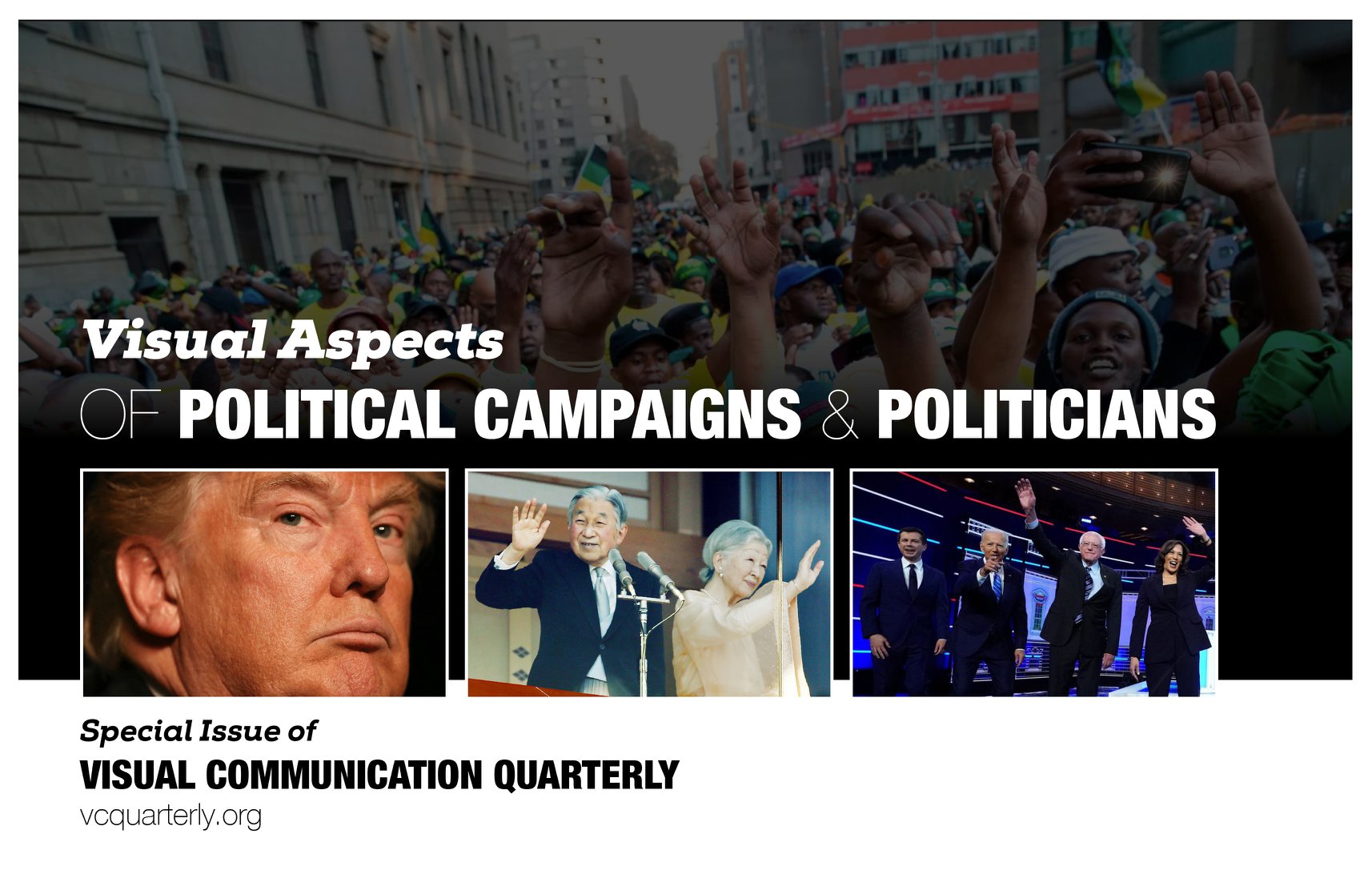Special Issue CFP

The Visual Aspects of Political Campaigns and Politicians
Issue Editor: Lawrence Mullen, School of Public Policy and Leadership, The University of Nevada, Las Vegas
Visuals have played a crucial role in the political arena especially since the birth of infographics in the late 1700s, practical photography’s birth in 1839, and the birth of moving images and cinema in the late 1800s. The world’s first televised presidential debate in 1960 between Americans John F. Kennedy and Richard M. Nixon, for example, ushered in a new age where nearly every major political candidate now needs to craft and maintain a public image. The New York Times’s coverage of the debate noted that “the two men were more concerned about ‘image projection’ to their huge television audience than about scoring debating points” and Nixon himself admitted:
I spent too much time in the last campaign [1960] on substance and too little on appearance: I paid too much attention to what I was going to say and too little to how I would look. … The fact remains one bad camera angle on television can have far more effect on the election outcome than a major mistake in writing a speech.
Whether created by journalists, everyday citizens, or politicians and their teams themselves, visual media are orienting devices that shape public perception and influence behavior. As such, this special issue invites scholarship that considers the visual aspects of how politicians rise to power and maintain it, regardless of geographic context or the type of political system in which those social actors operate.It considers questions such as, but not limited to, the following:
• How do politicians craft a public image for their constituents?
• How consistent or dynamic is the public image that politicians create over the course of their campaigns or rise to power?
• How much does the visual nature of political campaigns contribute to
influencing public opinion and perception?
• How do the public images that politicians produce on social media compare to those generated by legacy media actors?
• What is the role of the visual in non-elected politicians’ rises to power?
• What is the nature of images used during the 2020 Presidential, Congressional, and/or local political campaigns?
Submissions can include research articles, portfolio submissions, articles related to teaching, book reviews, or other creative forms of writing and image-making and are due by January 15, 2021. When submitting works for this call on the Taylor & Francis website, make sure to indicate “yes” when asked “Is the manuscript a candidate for a special issue?”
This call is an opportunity to extend our field’s influence and understanding of the visual nature of the political world. It is timely as the U.S. 2020 presidential election gains steam, as Japan recently witnessed the voluntary abdication of its emperor, and as elections or ascensions to power continue to occur throughout the world in democratic and non-democratic contexts alike.